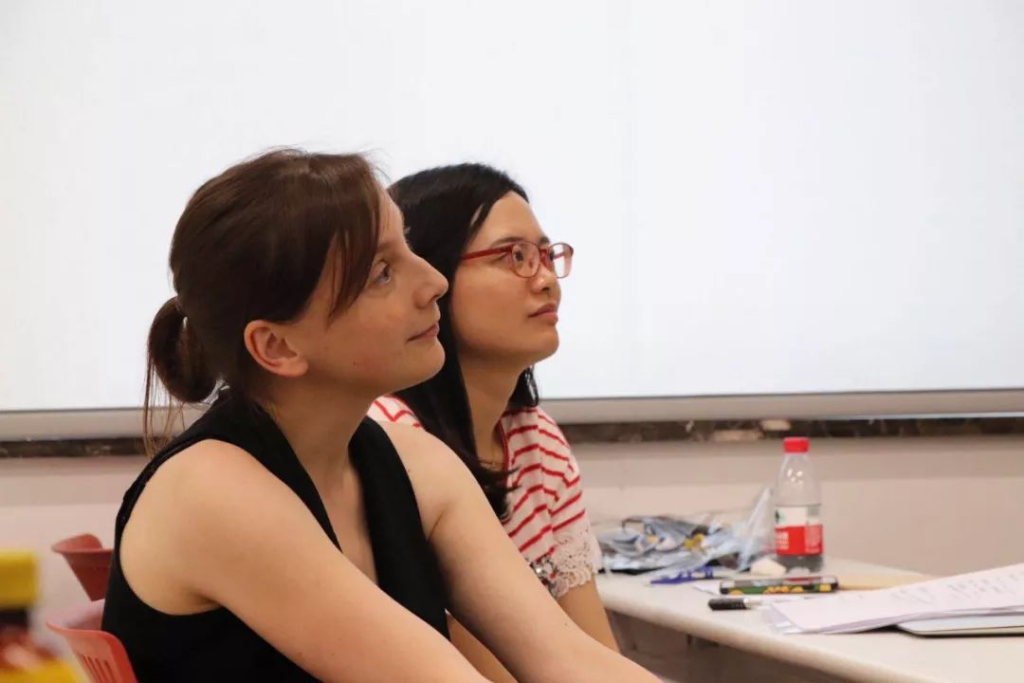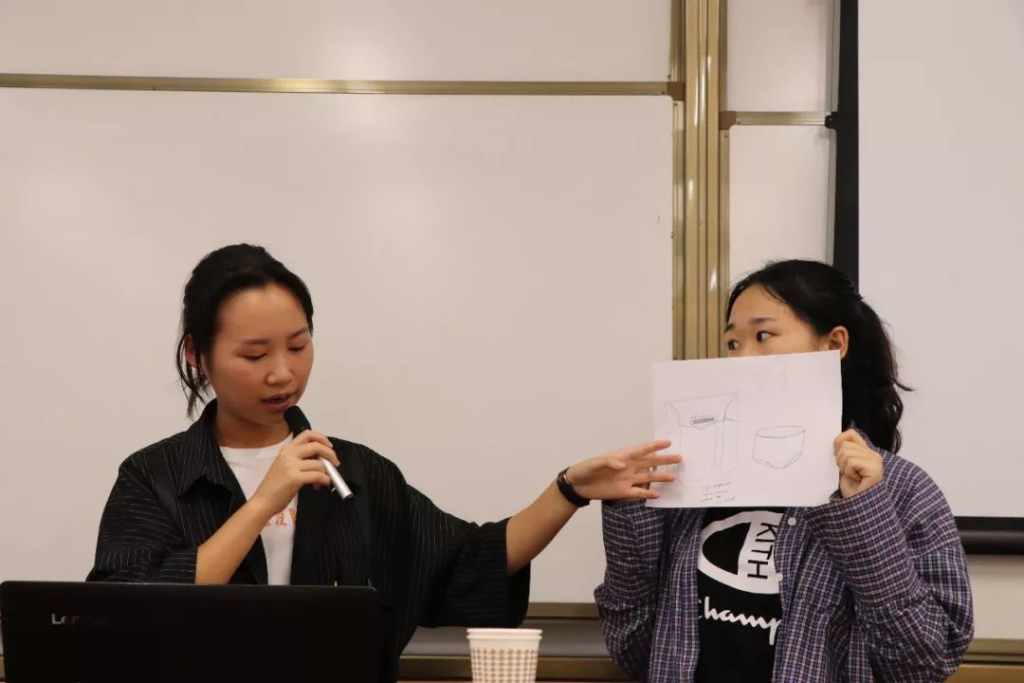Want to know what hybridity is? Want to know what the definition of distance is across cultures? Do you want to know how interpersonal distance and linguistic temporalities are applied? Let's hear Dr. Ann-Kristin's secrets on the afternoon of June 9!
Dr. Ann-Kristin, senior lecturer at the University of Hamburg and the Hamburg University of Applied Sciences in Design and Communication since 2008, PhD in Literary Anthropology at the University of Hamburg in 2011, MA in Philosophical Literature at the University of Hamburg from 2010-2013, BA in German Language and Literature at the University of Hamburg in 2013, 2014- 2016 Forum Editor-in-Chief at the Journal of the Federal Association for Literacy and Basic Education, 2014-present Training Lecturer at the German Academy of Science.

At the beginning of the session, Dr. Ann-Kristin told us succinctly, with a question, the focus of the workshop: the use of CUI (Conversation User Interfaces) varies greatly in its distribution across countries, which in turn involves branding strategies abroad: markets, immigrant groups and other subcultures. This is what this session will focus on.
Ann then introduced the nature of cultures as heterogeneous, and led us through the definitions of distance between cultures through interpersonal distance and linguistic temporalities. Some cultures are highly communicative, they usually combine many cultures and are better able to integrate multiculturalism, while the opposite cultures are less receptive to new things. Different cultures have different backgrounds and different compositions. This is part of the brand strategy that needs to be paid attention to and applied.

Feedback from students
After listening to Dr. Ann-Kristin Iwerson's lecture on international design trends and innovation, I experienced the role of conversational interfaces in cross-cultural perspectives. Dr. Iwerson explained to us how to cross these gaps to achieve business communication and industry interconnection in a multicultural and social environment, so as to develop a wider and broader market, create a more diverse market atmosphere, and even discover more business opportunities. I was also able to experience how to make our products more marketable by working in groups to design marketing plans for people from different cultures and regions. The class also gave me a deeper understanding of my major and enhanced my interest in it, laying a foundation for my future study abroad. --Yao Bowen, Class 182, Exhibition Economics and Management
In this seminar on the role of dialogic interaction in cross-cultural contexts, I realized the important influence that information interaction has on the distance and relationships between people in unitary and pluralistic conditions. Besides, in the context of different cultures, we should not ignore the factors and conditions from different levels, such as age, gender, religion, race, language, etc., which have a profound impact on people from different places and classes all the time. On the contrary, these multiple and multi-layered aspects also permeate many brands and their products. -- Guan Hang, Class 181, Exhibition Economics and Management
When we walked into the classroom, the foreign teacher this time was a woman. Unlike the previous two male professors who were full of knowledge, this female foreign teacher gave us a lively feeling and Ann spent the whole class explaining her professional knowledge with humor and wit, and left us one hour to work out a plan to sell new adult diapers. After a fierce brainstorming session, we were the first group to present our proposal on stage. Our proposal won the praise of the students and seemed to be well received. I hope the experience I learned in this class will benefit me in my future work. --Cheng Zekai, Class 181, Exhibition Economics and Management

